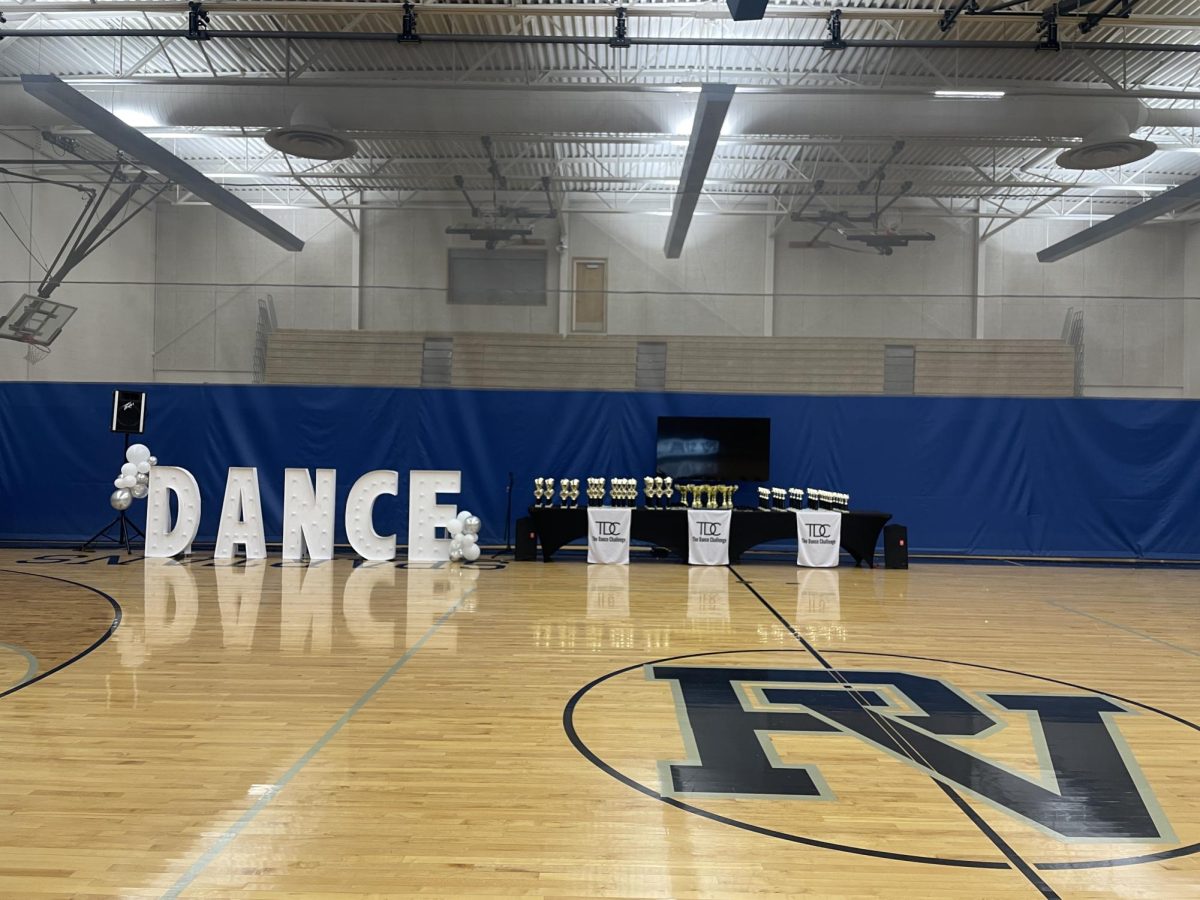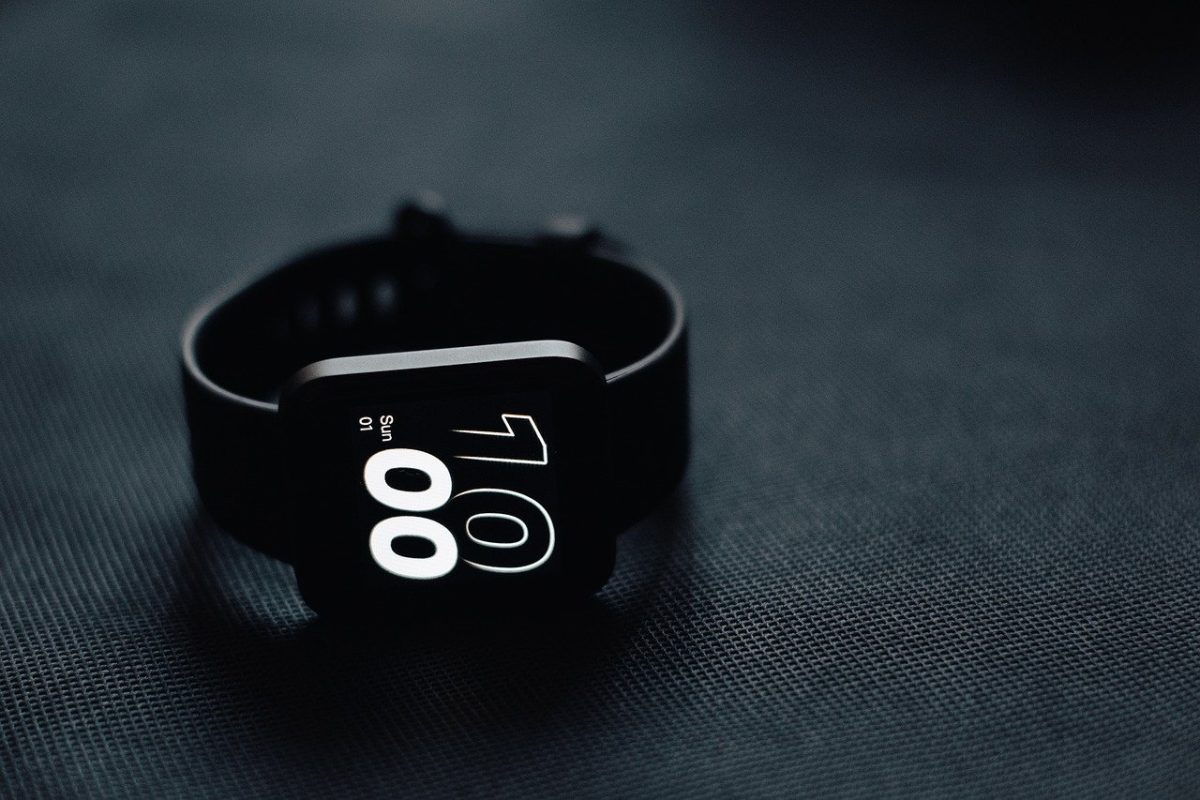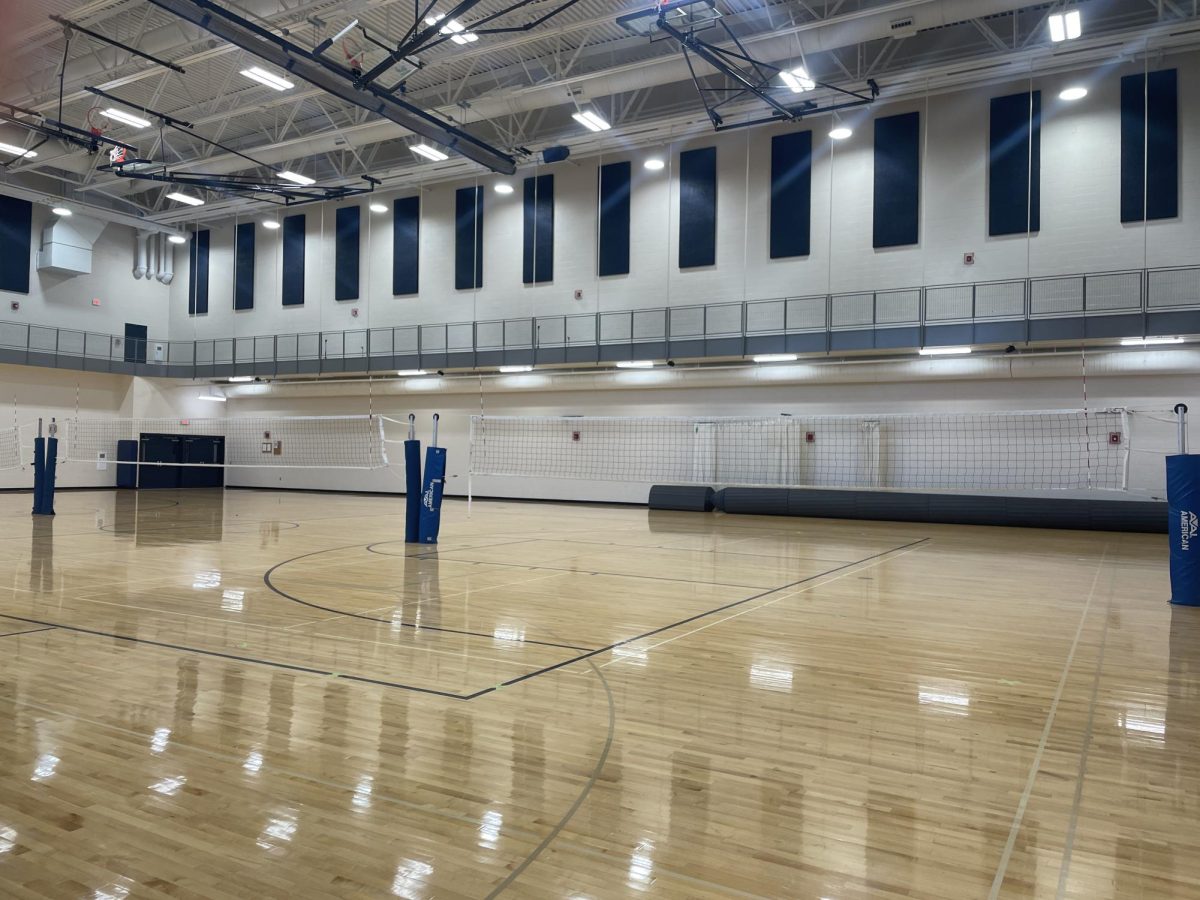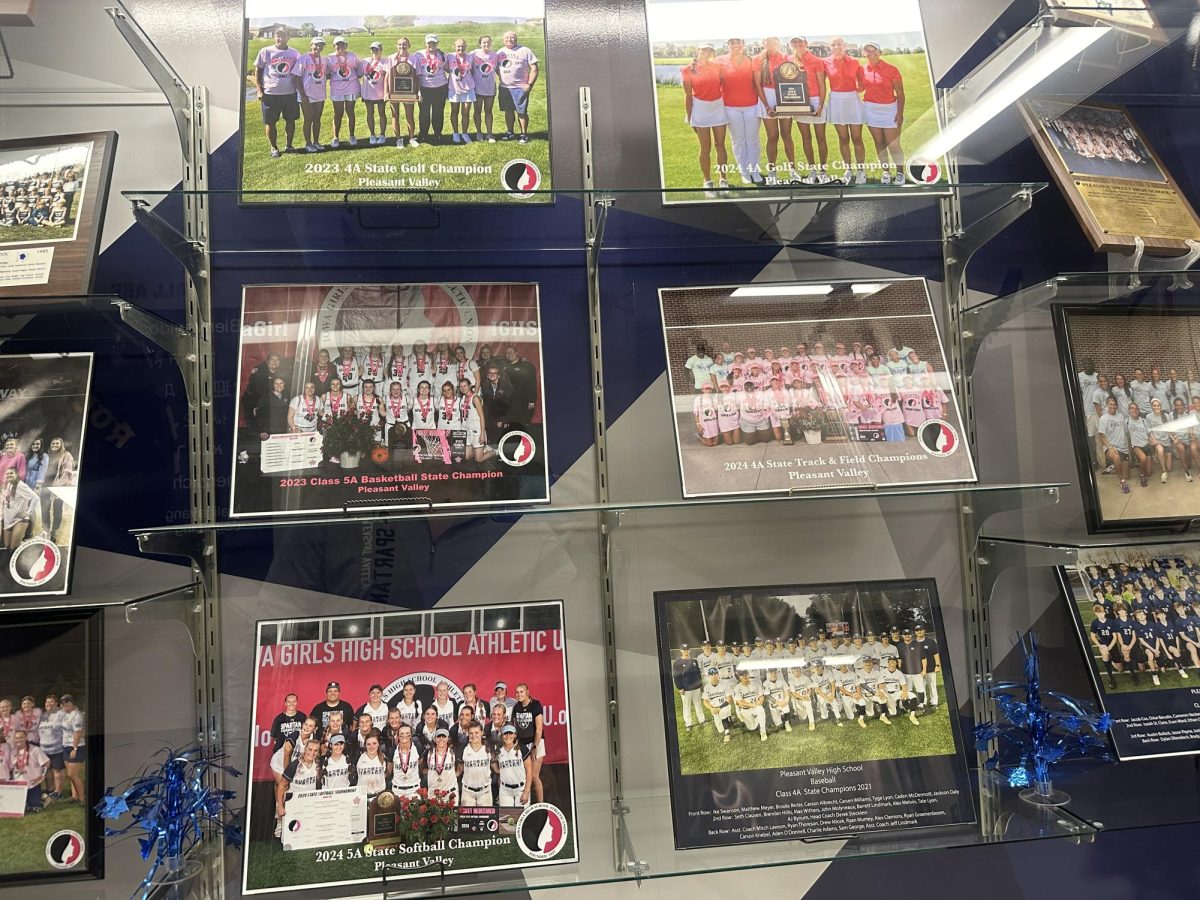As excitement builds for the 2024 Olympic games, attention inevitably has turned to the uniforms that will adorn the athletes of Team USA. While these uniforms are meant to embody the spirit of athleticism and excellence, the design choices for the women’s track and field team have raised eyebrows and sparked debate. Far from being functional, the 2024 uniforms are being criticized for their lack of practicality and overall poor design.
When Citrus Magazine, a running publication, posted the initial first look of the 2024 USA Olympic track and field uniforms on Instagram, the internet went into a frenzy.
On April 11 at a Nike Air event in Paris, Nike offered a sneak peak at the 2024 Olympic track kits. The men’s uniform included a red, white and blue tank top accompanied by blue compression shorts.
The women’s uniform that was revealed simply included a red, white and blue striped bodysuit. Both form-fitting and extremely high cut, the women’s track and field bodysuit seemed to prioritize style over substance, sacrificing performance for the sake of appearance.
People all over the world were outraged by the design, and many took to social media to express their disapproval.
U.S. national champion distance runner turned New York Times bestselling author Lauren Fleshman expressed her concern about the controversial uniform via Instagram.
“Women’s kits should be in service to performance, mentally and physically. If this outfit was truly beneficial to physical performance, men would wear it. This is not an elite athletic kit for track and field. This is a costume born of patriarchal forces that are no longer welcome or needed to get eyes on women’s sports,” Fleshman said.
Nike responded to the controversy surrounding the uniform in a press release, explaining that female track and field athletes will have a variety of uniforms to choose from.
“With nearly 50 unique pieces across men’s and women’s track and field and a dozen competition styles fine-tuned for specific events, athletes can choose outfits that match their style and personal preference without sacrificing comfort during the games in Paris,” Nike stated.
But do any female track and field athletes find comfort in the bodysuit, or brief style kit?
Pleasant Valley girls cross country coach Jane Wheeler explained why some athletes might prefer the brief style uniform.
“I can definitely see how it might be more comfortable for some people… with that style of uniform, nothing would really get in the way when you’re running,” Wheeler said.
Despite some athletes having positive perceptions of the brief uniform, Nike’s decision to use the bodysuit uniform as its first impression of the 2024 women’s Olympic collection perpetuates the objectification of female athletes.
The emphasis on form-fitting and revealing attire prioritizes aesthetics over functionality, reinforcing the notion that women’s bodies are meant to be looked at rather than respected for their athletic prowess.
The normalization of gender disparities in sports uniforms is glaringly evident when comparing the attire of male and female athletes. While male athletes are typically provided with practical and comfortable uniforms that prioritize performance, female athletes are often subjected to uniforms that prioritize style and sex appeal.
Wheeler explained her perspective on the women’s Olympic track and field uniforms.
“I can definitely see how it would be damaging to reveal [the bodysuit] first. It encourages the idea that women’s uniforms are meant to be attractive instead of functional, while most men’s uniforms should be solely focused on functionality,” Wheeler said.
This discrepancy not only undermines the seriousness of women’s sports, but also perpetuates harmful stereotypes about the role of women in athletics.
In an interview with The New York Times, Fleshman explained why she believes that Nike’s decision to reveal the bodysuit uniform at the Paris sneak peak was problematic.
“Why are we presenting this sexualized outfit as the standard of excellence? In part because we think that’s what nets us the most financial gain from sponsors or NIL opportunities, most of which are handed out by powerful men or people looking at it through a male gaze. But women are breaking records with ratings in sports where you don’t have to wear essentially a bathing suit to perform,” Fleshman said.
These dated stereotypes are not only harmful to women at the very peak of track and field, they are also harmful to young, aspiring athletes.
Senior Emily Porschke, a PV track and field athlete, is fed up with the inaccurate light that women’s sports are constantly portrayed in.
“By perpetuating outdated stereotypes, this uniform controversy underscores the need for a fundamental shift in the way women’s sports are represented and supported. Female athletes should be able to participate in the Olympics without worrying about a uniform malfunction, and when watching the Olympics, the viewers’ focus should be on the events rather than the uniforms,” Porschke explained.










